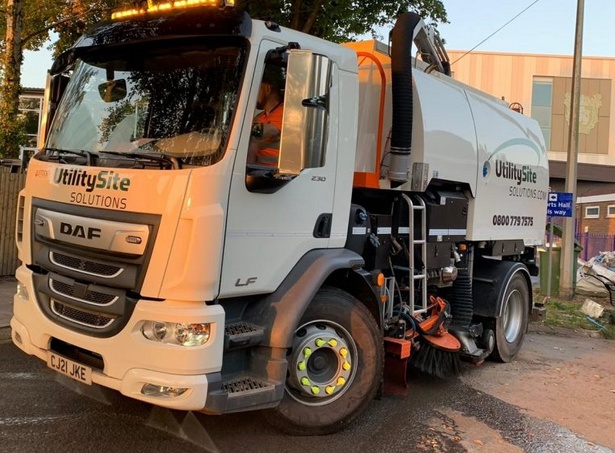Introduction
Urbanization has brought about unprecedented challenges to city planners and administrators, with one of the most critical being waste management. The intricate web of streets and alleys in urban areas demands innovative solutions for efficient waste disposal. Gully emptying vehicle have emerged as a game-changer in this context, revolutionizing urban hygiene by offering a comprehensive and effective approach to tackling the growing problem of waste accumulation in drainage systems.
The Need for Innovation
As cities grow, so does the complexity of their infrastructure. Traditional waste management methods struggle to keep pace with the rapid urbanization, leading to clogged drains and flooded streets. The need for a more sophisticated solution became evident, prompting the development and adoption of gully emptying vehicles.
Functionality and Design
Gully emptying vehicles are specialized trucks equipped with powerful suction mechanisms and storage tanks. Their design allows them to navigate through narrow urban lanes, reaching even the most inaccessible gullies. The heart of these vehicles lies in their suction pumps, capable of efficiently extracting debris, silt, and liquid waste from drainage systems.
These vehicles come in various sizes and capacities, ensuring flexibility to address the diverse needs of different urban landscapes. The suction nozzles are adjustable, enabling operators to tailor the equipment to the specific requirements of different gully sizes. This adaptability makes gully emptying vehicles a versatile tool in the arsenal of urban sanitation.
Technology Integration
Modern gully emptying vehicles are not just mechanical beasts; they are also smart machines. Integration of technology, such as GPS and sensors, enhances their operational efficiency. GPS allows for precise navigation, ensuring that no gully is left unattended. Sensors play a crucial role in optimizing suction power, preventing damage to the infrastructure and ensuring thorough cleaning.
Furthermore, some advanced models come with automated cleaning cycles and self-diagnostic features. These innovations reduce human intervention, streamline operations, and enhance the overall reliability of gully emptying vehicles. As a result, cities can achieve higher levels of cleanliness with fewer resources.
Environmental Sustainability
In the quest for urban hygiene, sustainability is a paramount concern. Gully emptying vehicles are designed with environmental consciousness in mind. The efficient extraction and disposal of waste contribute to the prevention of water contamination and reduce the risk of waterborne diseases. Additionally, some models incorporate eco-friendly features, such as recycling and water purification systems, making them more environmentally sustainable.
Operational Challenges and Solutions
While gully emptying vehicles offer a revolutionary solution to urban hygiene challenges, they are not without their operational challenges. One of the primary hurdles is the coordination of these vehicles in densely populated areas. Traffic congestion and narrow streets can impede their movement, affecting their efficiency. To address this, city planners must strategize the deployment of gully emptying vehicles, considering peak traffic hours and high-density zones.
Regular maintenance is another crucial aspect. Like any machinery, gully emptying vehicles require consistent upkeep to ensure optimal performance. Regular inspection of suction pumps, nozzles, and storage tanks is essential to prevent breakdowns and maintain the vehicles in top working condition.
Community Engagement and Awareness
For the successful implementation of gully emptying vehicles, community engagement and awareness are vital. The public must understand the importance of proper waste disposal and the role these vehicles play in maintaining a clean and healthy urban environment. Education campaigns and community outreach initiatives can foster a sense of responsibility among residents, encouraging them to support and cooperate with the city's waste management efforts.
Conclusion
In conclusion, gully emptying vehicles stand as a beacon of hope in the quest for urban hygiene. Their innovative design, technological integration, and environmental sustainability make them indispensable tools for modern cities grappling with the challenges of waste management. While operational challenges exist, strategic planning, maintenance, and community engagement can overcome these hurdles, ensuring the efficient functioning of gully emptying vehicles. As cities continue to evolve, embracing such innovative solutions becomes not just a choice but a necessity for a cleaner and healthier urban future.


No comments yet